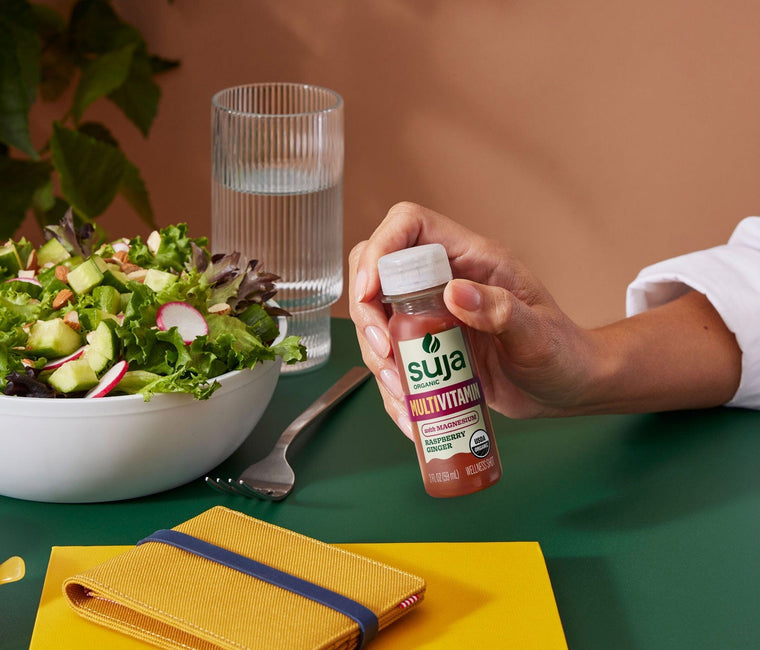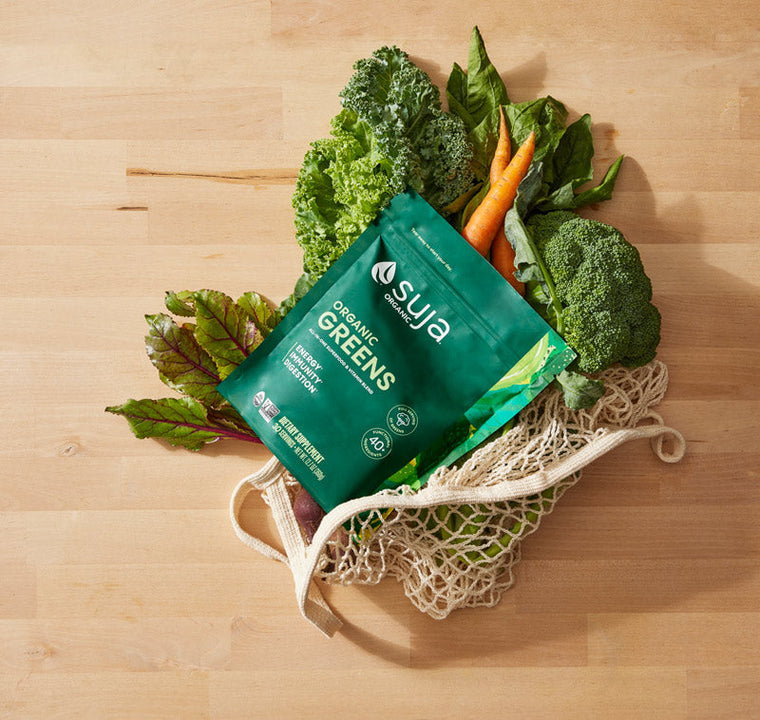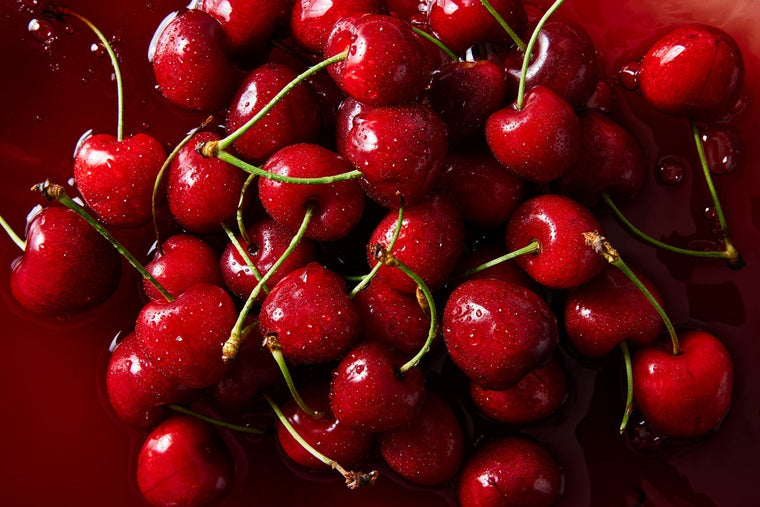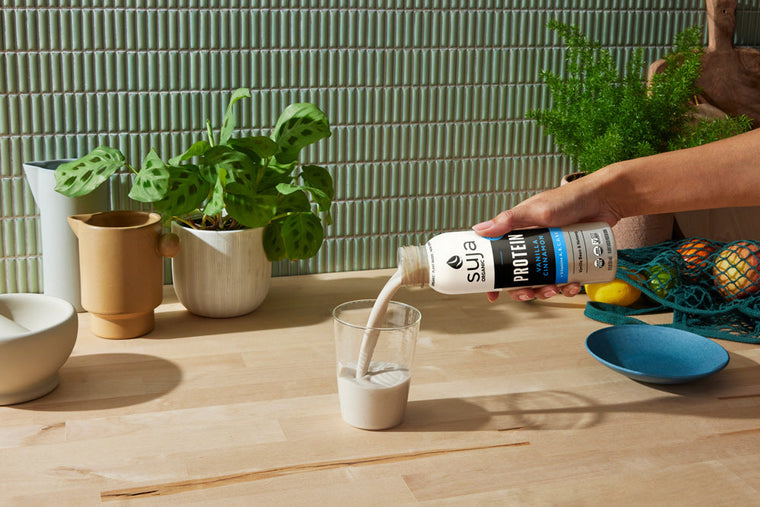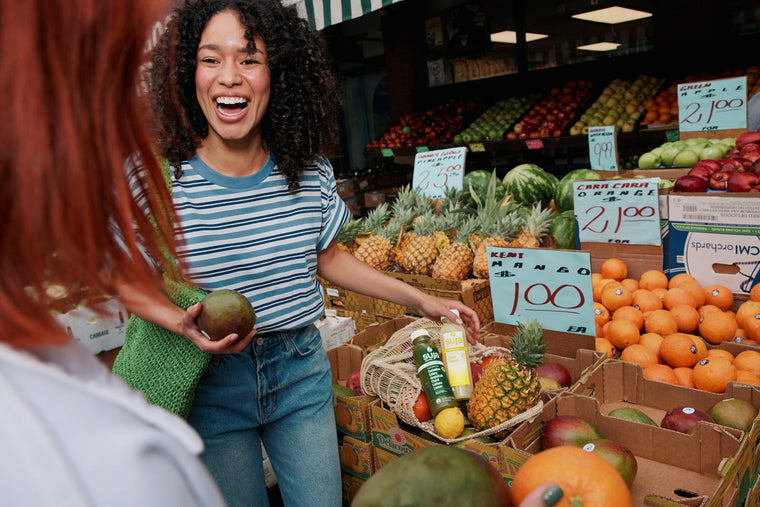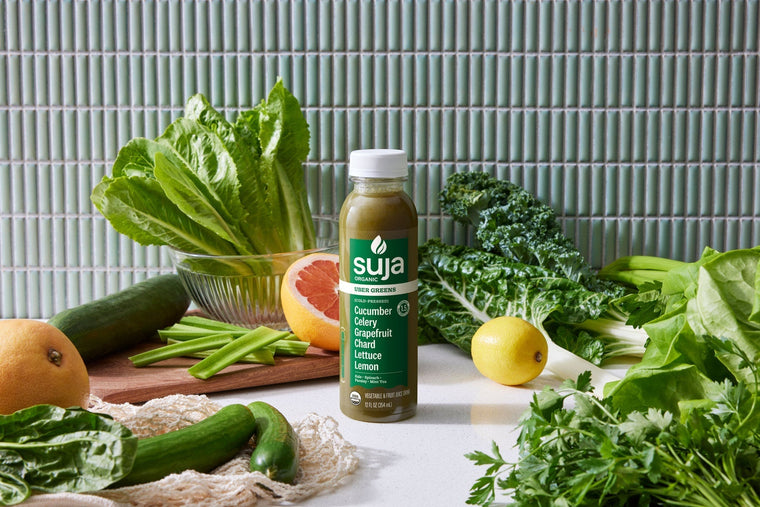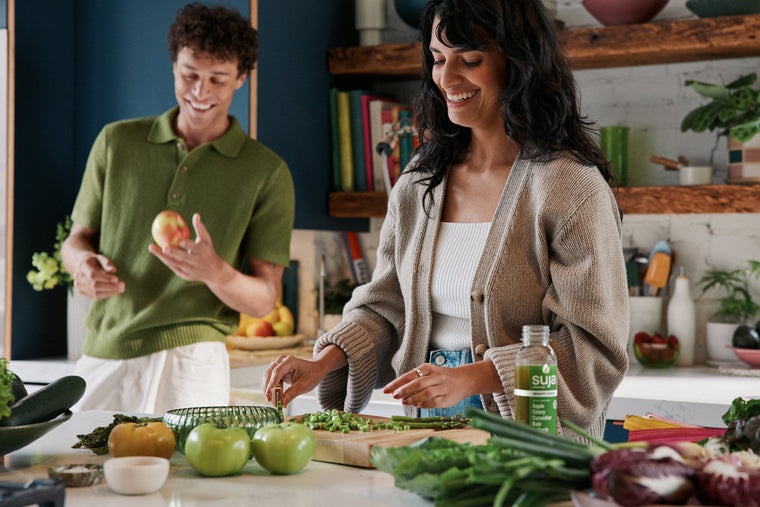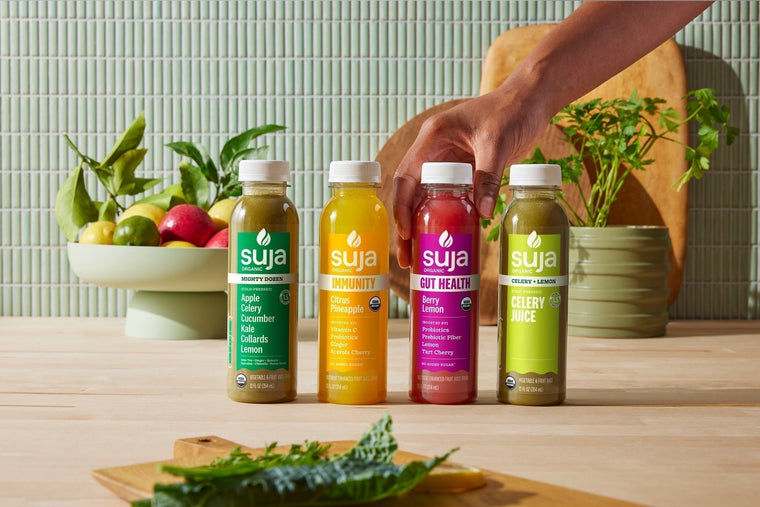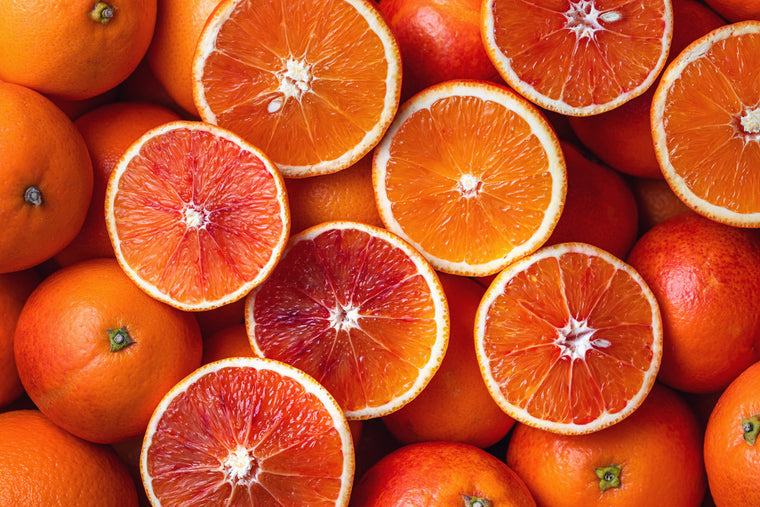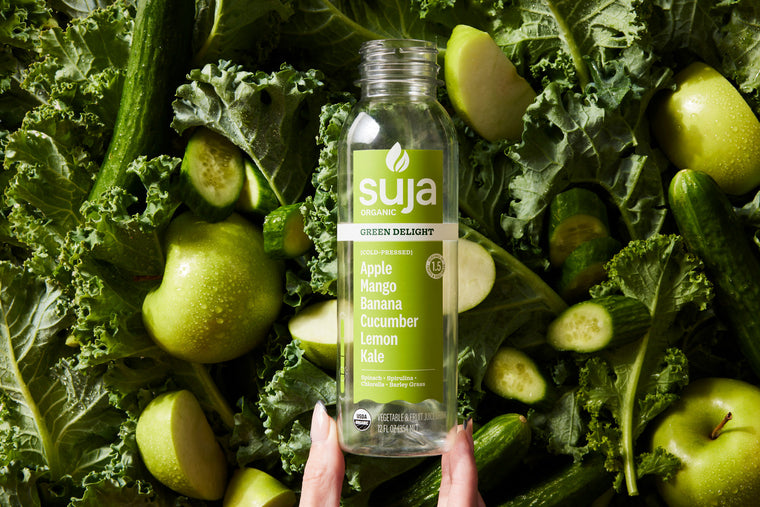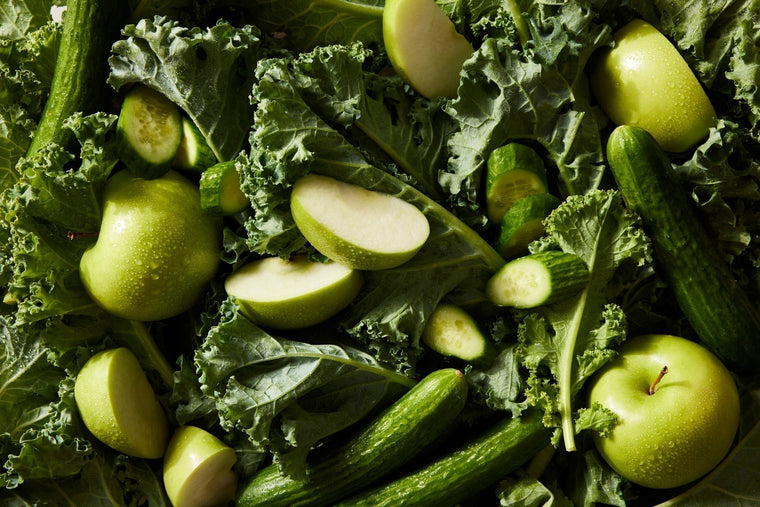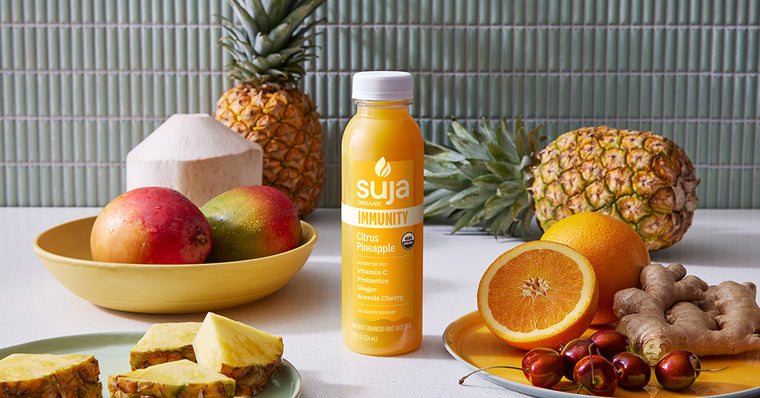Chances are, you’ve heard before that iron is an essential mineral that we all need to thrive, especially women. In a nutshell, iron supports various bodily functions that ultimately generate energy.
Contrary to popular belief, you can get a healthy dose outside of supplement form, in both plant-based (non-heme iron) and animal-based (heme iron) foods, too. However, about 1 in 4 Americans may have inadequate iron intake or absorption, which is why it’s absolutely critical to be mindful of foods that are naturally rich in iron. 1 Let’s dive in!
Why Iron Matters for Your Health
Before we unpack the top foods packed with iron, it’s pivotal to understand how iron impacts overall health!
Transports Oxygen to Tissues
Did you know that our bodies use iron to make hemoglobin? This is a protein in red blood cells that carries oxygen throughout all parts of the body. 2
Supports Myoglobin
Iron is needed to support myoglobin — a special protein that keeps oxygen in specific muscle cells. And fun fact—myoglobin is responsible for the red color of the muscles. 3
Bolsters Enzyme Function
Our bodies rely on enzymes to produce energy. And in order for enzymes to function properly, they need iron to support various cell functions. 4
Top Foods Packed with Iron
Here’s a shortlist of top animal-based and plant-based foods packed with iron!

Animal-Based Sources
We mentioned earlier that animal-based foods like meat, poultry, and seafood contain heme iron, which the body more readily absorbs due to bioavailability levels.5
- Lean Meats – Beef, lamb, pork, veal, turkey, chicken, ham
- Liver – One of the most concentrated sources of iron (beef, chicken, and pork liver)
- Eggs – Particularly the yolk, a good source of easily absorbed iron
- Shellfish – Clams, oysters, mussels, shrimp, scallops
- Fish – Tuna, sardines, haddock, mackerel
Plant-Based Sources
Plant-based foods contain non-heme iron, which carries about two-thirds of the bioavailability of heme iron. The good news is that consuming vitamin C can enhance the absorption of non-heme iron due to its special “iron-chelating” capabilities! 6
- Leafy Greens – Spinach, kale, Swiss chard, collards, beet greens, dandelion greens
- Legumes – Lentils, kidney beans, chickpeas, black beans, white beans
- Soy Products – Tofu, tempeh, edamame
- Whole Grains – Quinoa, enriched rice, whole wheat bread, enriched pasta, bran cereals
- Seeds – Pumpkin seeds, sesame seeds, sunflower seeds, flaxseeds
- Nuts – Almonds, cashews, pine nuts
- Vegetables – Sweet potatoes, peas, broccoli, string beans, tomato products (paste, sauce)
- Fruits – Strawberries, watermelon, raisins, dates, figs, prunes, dried apricots, dried peaches
Superfood Sources
We can’t forget about iron sources from superfoods! Along with delivering a chock-full of iron, this list also provides an incredible dose of key vitamins and minerals.
- Spirulina – A blue-green algae packed with iron
- Chlorella – A freshwater algae known for its high nutrient content
- Moringa – A plant rich in iron and other essential vitamins
- Blackstrap Molasses – A natural sweetener loaded with iron
- Dark Chocolate (70-85% cacao) – A high source of iron
Juicing for Iron: The Best Iron-Packed Juices
If you’re struggling to incorporate iron-rich foods into your daily routine, doubling down on juice with iron can help you check that box! Why? Well, for one, you can get a surplus of iron-rich vegetables and fruits in just one serving of juice, while also bolstering absorption, due to quicker digestion. By including vegetables like kale or spinach and specific citrus like lemon or orange, you naturally get more vitamin C, which also aids in absorption.

Also, depending on your lifestyle, sipping on juice to increase iron might just be more convenient, especially if you’re rushing out the door or working 9-5 in the office.
What Juices Are High in Iron?
Green Juice
Any type of well-balanced, organic green juice will likely contain a high amount of non-heme iron, like any of Suja's super greens sips, such as Uber Greens and Mighty Dozen. And if you’re looking for an easy, on-the-go option, look no further than our Organic Greens Powder, bursting with 40+ ingredients and 1mg of iron in just one scoop.
Insert callout: Is green juice good for anemia? Green juice is filled with a plethora of iron-rich foods that may support individuals with anemia. While it can be a terrific addition to your diet, it’s recommended to consult with your designated healthcare professional if you have concerns about iron deficiency or anemia.
Prune Juice
Prune juice is an excellent source of both iron and vitamin C, which helps enhance iron absorption and digestive health. While it may not provide your full daily iron needs on its own, it can be a great addition to meals that include heme iron, boosting your overall intake.
Beetroot Juice
Beets contain high amounts of iron and folate, which can support overall cellular activity. It is also filled with vitamin C and manganese, which can bolster enzyme function.
Pomegranate Juice
If you’re looking for an iron-packed juice that also provides a slew of vitamins and antioxidants, pomegranate juice can come to the rescue! While it doesn’t contain the same amount of iron as green juice, it’s still a revitalizing choice to put on your ‘iron sips’ list.
Iron Juice Shots: An Effective Boost
If you just need a quick, more concentrated zap of iron, then opting for iron juice shots could be an effective boost for you. Our Daily Shots Variety Pack includes the best of all worlds with our three most popular shots: Immunity Turmeric Pineapple, Energy Blueberry Lemon, and Digestion Ginger Pineapple. Specifically curated to jumpstart your daily ritual, all three of these superstar shots can support your daily wellness routine, while providing that extra boost of iron!
Elevate Your Diet with Iron-Rich Foods and Juices
Ultimately, the best way to incorporate iron into your diet depends on your lifestyle and personal preferences. A well-balanced diet that includes a mix of heme and non-heme iron from whole foods is always a great choice.
Additionally, Suja Organic green juices and wellness shots offer a convenient way to complement your iron intake while supporting your overall health goals. By being mindful of your iron consumption, you can help maintain steady energy levels and nourish your body, so you can take on each day feeling your best!
*Disclaimer: This blog contains promotional content about our products. The information provided in this blog is for educational and informational purposes only and should not be construed as medical advice. While the nutritional information and health tips shared here are based on published studies and expert insights, they should not replace advice and treatment from a healthcare professional. Always consult a qualified healthcare provider with any questions you may have regarding a medical condition or health objectives.
Endnotes
- About 1 in 4 Americans may have inadequate iron intake or absorption. (2024, October). NHLBI, NIH. https://www.nhlbi.nih.gov/news/2024/about-1-4-americans-may-have-inadequate-iron-intake-or-absorption
- National Institutes Of Health. (2023, August 17). Iron. National Institutes of Health. https://ods.od.nih.gov/factsheets/Iron-Consumer/
- Vanek, T., & Kohli, A. (2023, July 17). Biochemistry, Myoglobin. PubMed; StatPearls Publishing. https://www.ncbi.nlm.nih.gov/books/NBK544256/
- Ems, T., Huecker, M. R., & St Lucia, K. (2023, April 17). Biochemistry, Iron Absorption. National Library of Medicine; StatPearls Publishing. https://www.ncbi.nlm.nih.gov/books/NBK448204/
- Moustarah, F., & Mohiuddin, S. S. (2024, January 8). Dietary Iron. PubMed; StatPearls Publishing. https://www.ncbi.nlm.nih.gov/books/NBK540969/
- Lynch, S., & Cook, J. (1980). Interaction of Vitamin C and Iron. Annals of the New York Academy of Sciences. https://pubmed.ncbi.nlm.nih.gov/6940487/


